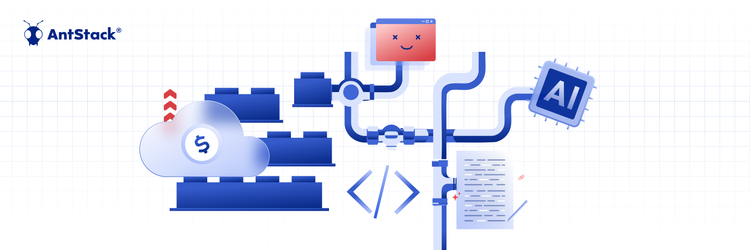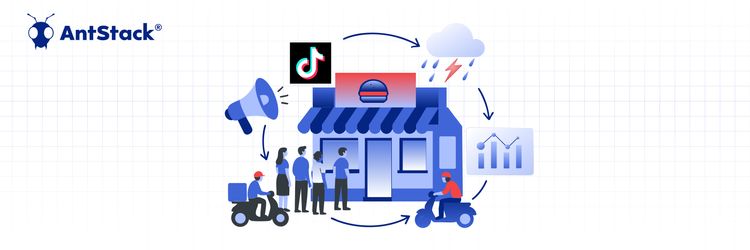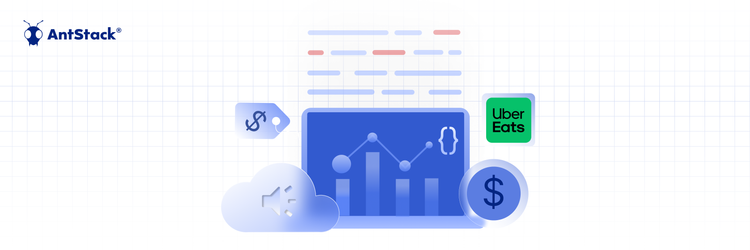Rethinking Cloud Spend: Modernization Over Short-Term Cuts
To stand out in the crowd, every business organization looks for different means to evolve the technical processes to boost IT infrastructure development. The robust and faster deployments on the latest platforms are regarded as the best means to seek reduced lead times, which allow such evolution. Containers and serverless functions are regarded as widely used technologies that are useful in hosting such deployments.
Here, we are going to discuss the differences between serverless vs containers.
What is serverless?
Serverless computing is regarded as the computing paradigm in which different computing resources are handled behind the scenes. So, the developers can give more focus to code writing to manage certain events. Such code is packaged like the serverless function.
Speaking of the regular IaaS, or infrastructure as a service model, the cloud service provider provides a virtual machine along with the bills for the specific time for which it is used, depending on the workloads that execute on the virtual machine.
What are containers?
Containers provide the optimum choice for the apps to be packaged and separated from their underlying infrastructure, along with constant deployment within the environment. Thus, the containers can share access to the operating system kernel of the host machine.
It does not need to run the whole operating system. It is possible to deploy the container in cloud VMs or bare metal servers. Containerized apps are constructed from several container images.
The below section consists of an elaborate discussion between serverless and containers.
Longevity limitations
Functions are known to be very short. Short indicates a time period of 5 minutes or less. Functions are regarded as ephemeral, which indicates that the container executing the function lives for once and dies after the execution. A shorter lifespan refers to the caveats of the functions. It offers agility, which provides flexibility and freedom to the developers to push specific applications within production that are scaled easily.
However, the case is not the same with the containers. Containers are known to run and spin constantly. Containers do not die after the execution is completed. It provides the power to use the benefits of caching.
Startup time and latency
As the functions are known to be stateless, caching remains unavailable. They are not going to have function copies running on standby. Thus, it leads to higher invocation time. Functions are known to stay warm or the code is running as they get the command execution for almost 15 minutes and they die.
Once it is called after a certain time, there is going to be a cold start. Due to this, you might suffer from latency problems, primarily when concurrent users are involved. If you want to deal with this, you need to add a certain code so that it remains warm throughout.
Speaking of the pre-serverless container era, they sit there constantly. So, you need to send the HTTP request. So, you are going to find instant response along with reduced latency. Using caching, the containers are spun faster, so neither of the files gets created again. Caching is enough to reuse and locate the ready-made structures.
Easy to develop
The developers remain under constant pressure to generate supreme-quality code faster. It can be a challenging task, primarily when you try to work with the latest technology. Ease of development provides the capability to create an app faster and easier. You can measure it in different ways, such as how fast you can go, how easily it is possible to introduce the changes, and the number of errors you come across.
Serverless apps make the right use of well-known programming languages. However, you will not compile them within the binary. There are more opportunities to create serverless apps than their containerized counterparts. It is because you do not need to be stressed out about managing and setting the servers and containers. The service provider is going to do that for you. Thus, you can focus on code development on a wide scale.
There are scopes to create containerized apps through a programming language you want and framework, after which they are compiled within the binary, which executes on the machine with the same runtime dependencies. With containers, you will be able to spin the development environment into a machining production environment. It enables quicker development and production. Thus, you will be capable of developing and testing the apps on the local machine.
Portability
Portability refers to the ability to transfer the app from one service provider to another easily. You can transfer the container-based app from one service provider to the other with the least amount of effort. Thus, cloud-native apps are created to reap the benefits of the cloud. They are meant to be scalable, portable, and resilient. Speaking of the cloud native app, you are going to find the microservices,for easy deployment and scaling.
Container-based apps are regarded as the most suitable choice for cloud-native apps. Thus, it is easy to deploy the code, like the standalone executable. They provide the optimum choice for executing a bunch of containers on the same server. Hence, you will be capable of scaling the app easily.
Serverless apps are not as portable as container-based apps. It is due to the fact that the serverless app is tightly coupled with the infrastructure of the service provider. If you want to transfer the app to another service provider, you have to spend a lot of effort and time to modify the code.
Performance and scalability
Scalability measures how perfectly the app and system maintain performance, as it provides support for an enhanced number of users. Performance refers to how fast the app or system performs during a specific workload level management. Containerized apps are more scalable than serverless apps, as they allow you to remove and add containers to accomplish the scaling needs.
Containers provide a higher degree of isolation than serverless apps. So, if each container encounters failure, it is not going to affect the other. The serverless platform helps in maintaining performance and scalability with regards to incremental load challenges. Hence, it is not the ideal choice for apps that need faster responses.
If you are looking for a higher degree of scalability and isolation, containers are the right choice. On the other hand, if you are looking for ease of development and simplicity, serverless is the best option to look for. Container-based apps provide more control and flexibility than server-based apps. However, it needs expertise and management.









